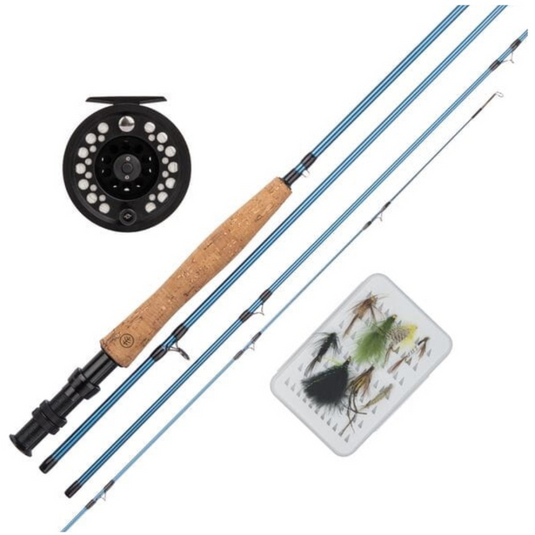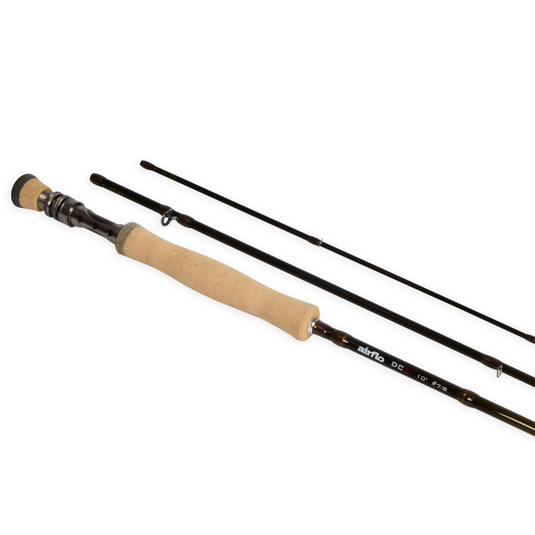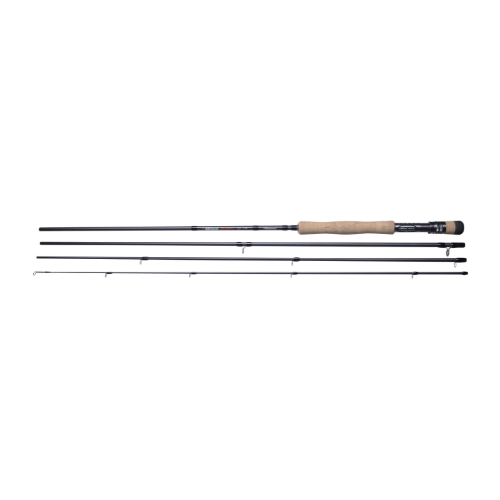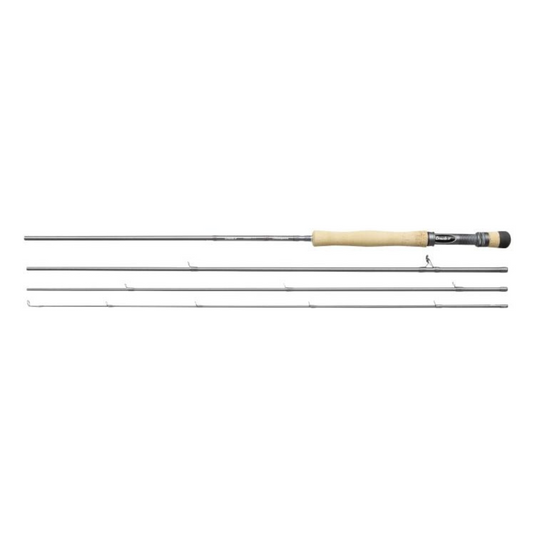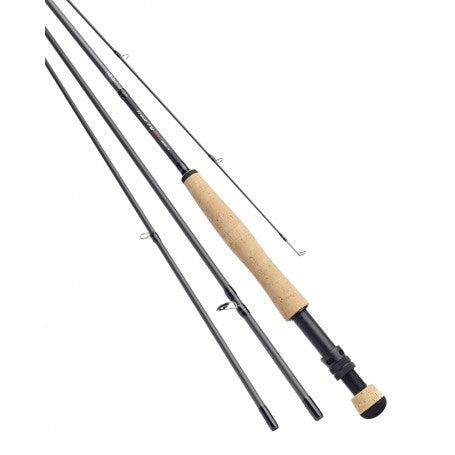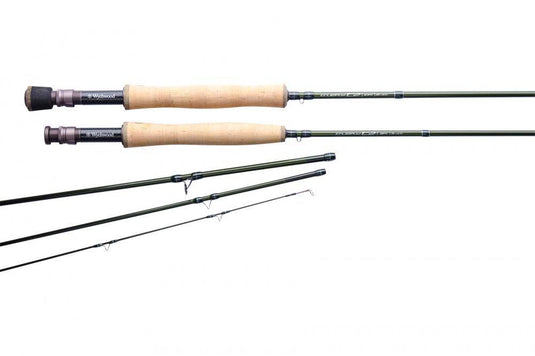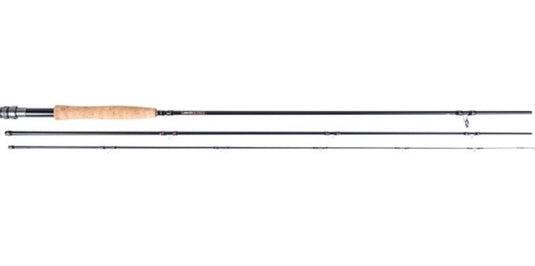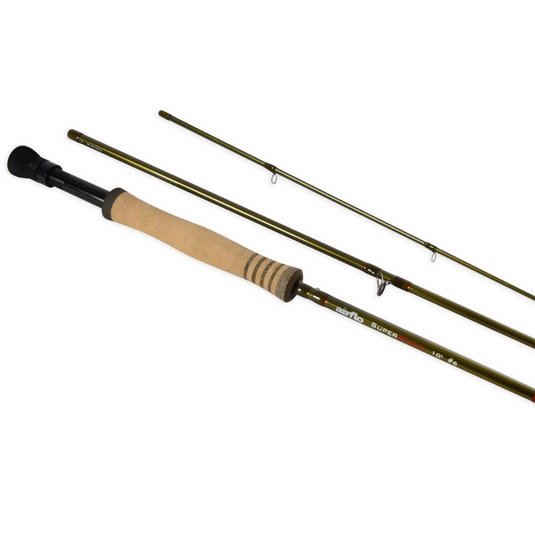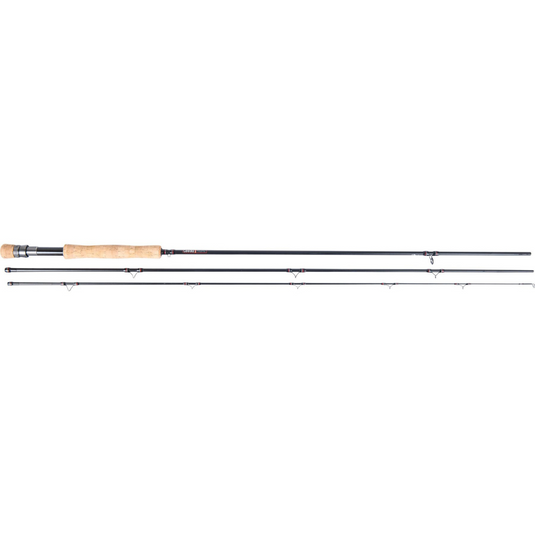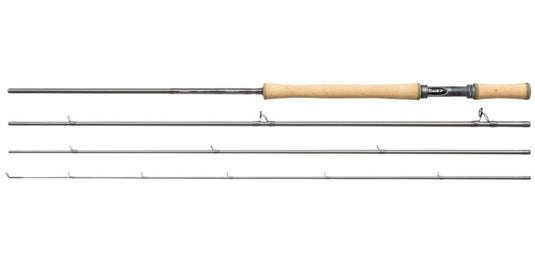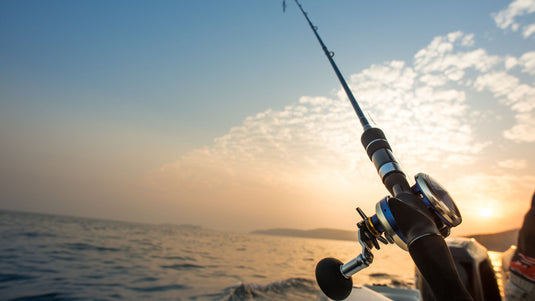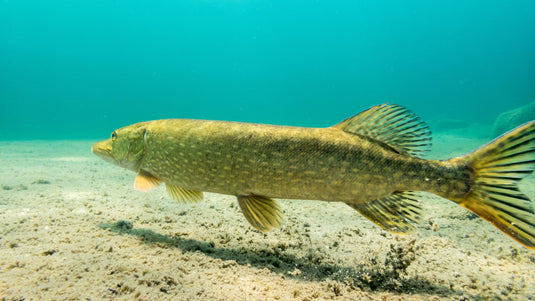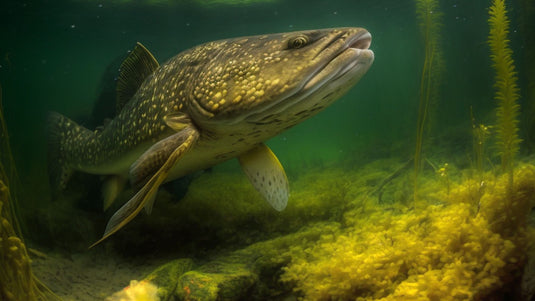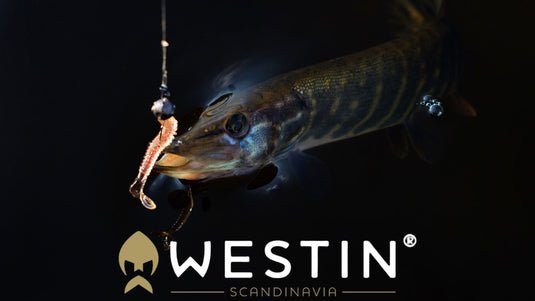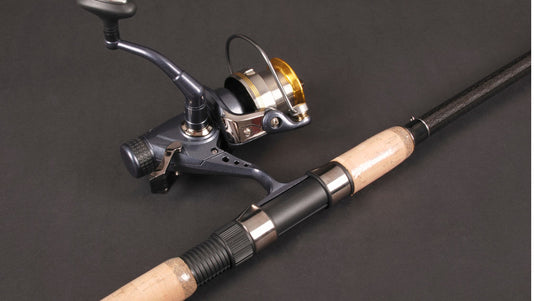The Ultimate Guide to Fishing Rods: Types and Uses
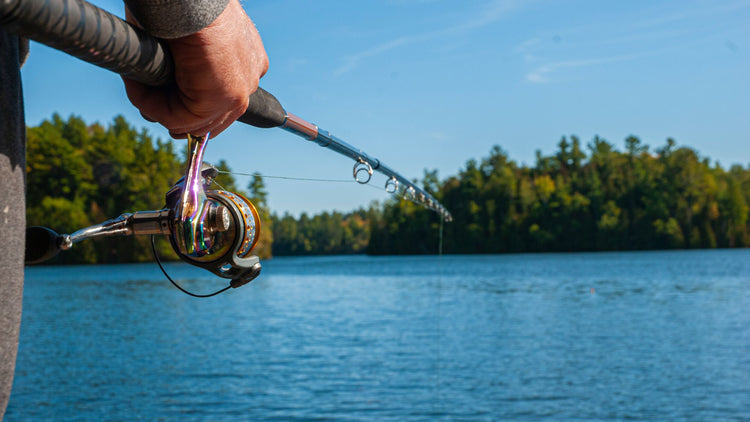
Fishing is not just a hobby; it's an art form that requires skill, patience, and the right equipment. Among the essential tools for any angler, the fishing rod is paramount. It serves as the primary connection between you and the fish, making its selection crucial for a successful fishing experience. This guide will delve into some of the different types of fishing rods, helping you choose the perfect one for your fishing adventures.
1. Spinning Rods
Overview:
Spinning rods are the most popular type of fishing rod, known for their versatility and ease of use. They are designed to accommodate a spinning reel, which hangs beneath the rod.
Features:
- Reel Position: Below the rod.
- Guides: Large guides near the reel and smaller guides towards the tip.
- Handle: Often longer to provide better leverage.
Ideal For:
- Beginners due to their simple design.
- Lightweight lures and lines.
- Various fishing environments, including freshwater and saltwater.

2. Casting Rods
Overview:
Casting rods are designed for use with baitcasting or spincast reels, offering precise lure placement and better control over heavier lures.
Features:
- Reel Position: On top of the rod.
- Guides: Smaller and uniformly spaced along the rod.
- Handle: Typically features a trigger grip for better casting control.
Ideal For:
- Experienced anglers looking for accuracy.
- Fishing with heavier lures and lines.
- Freshwater and saltwater fishing.
3. Fly Rods
Overview:
Fly rods are specialized rods used in fly fishing, a technique that involves casting lightweight flies with the help of a weighted line.
Features:
- Length: Generally longer than other rods (8-10 feet on average).
- Action: Available in slow, medium, and fast actions to suit different casting styles.
- Construction: Made from materials like graphite or bamboo for flexibility and strength.
Ideal For:
- Fly fishing in rivers, streams, and lakes.
- Targeting species like trout, salmon, and bass.
- Anglers interested in a more active and engaging fishing technique.

4. Telescopic Rods
Overview:
Telescopic rods are designed for portability, collapsing down into a compact size for easy transport.
Features:
- Design: Extendable sections that collapse into each other.
- Length: Varies widely, from short travel rods to longer surf rods.
- Material: Typically made from fiberglass or graphite for durability.
Ideal For:
- Travelers and anglers with limited storage space.
- Casual fishing trips.
- Both freshwater and saltwater fishing.
5. Surf Rods or Beachcasters
Overview:
Surf rods are built for casting over long distances from the shore into the ocean, designed to handle the challenging surf conditions.
Features:
- Length: Generally between 9 to 14 feet.
- Action: Heavy action to manage large fish and strong currents.
- Handle: Long handle to aid in powerful casting.
Ideal For:
- Surf fishing from beaches or rocky shorelines.
- Targeting large saltwater species like striped bass, redfish, and sharks.
- Anglers needing to cast beyond breaking waves.
7. Boat Rods
Overview:
Trolling rods are used in a fishing technique where lines with baited hooks are drawn through the water, often behind a moving boat.
Features:
- Strength: Built to handle the stress of dragging lures or bait through water.
- Length: Varies but often longer to manage multiple lines.
- Guides: Reinforced to handle the weight and resistance of trolling.
Ideal For:
- Offshore fishing for big game species like marlin, tuna, and mahi-mahi.
- Anglers with access to a boat.
- Fishing in open water or large lakes.
7. Trolling Rods
Overview:
Trolling rods are used in a fishing technique where lines with baited hooks are drawn through the water, often behind a moving boat.
Features:
- Strength: Built to handle the stress of dragging lures or bait through water.
- Length: Varies but often longer to manage multiple lines.
- Guides: Reinforced to handle the weight and resistance of trolling.
Ideal For:
- Offshore fishing for big game species like marlin, tuna, and mahi-mahi.
- Anglers with access to a boat.
- Fishing in open water or large lakes.
Choosing the Right Rod
Selecting the right fishing rod depends on several factors, including the type of fish you’re targeting, your preferred fishing environment, and your level of experience. Here are a few tips to help you make the best choice:
- Match the Rod to the Reel: Ensure compatibility between your rod and reel type.
- Consider the Action: Fast action rods are more sensitive and better for long-distance casting, while slow action rods offer more flexibility.
- Think About the Length: Longer rods cast further, but shorter rods provide more control.
- Evaluate the Material: Graphite rods are lightweight and sensitive, while fiberglass rods are durable and flexible.
Fishing is a rewarding activity that offers relaxation and excitement. By understanding the different types of fishing rods available, you can enhance your fishing experience and increase your chances of a successful catch. Whether you’re a seasoned angler or just starting, the right rod can make all the difference. Happy fishing!

